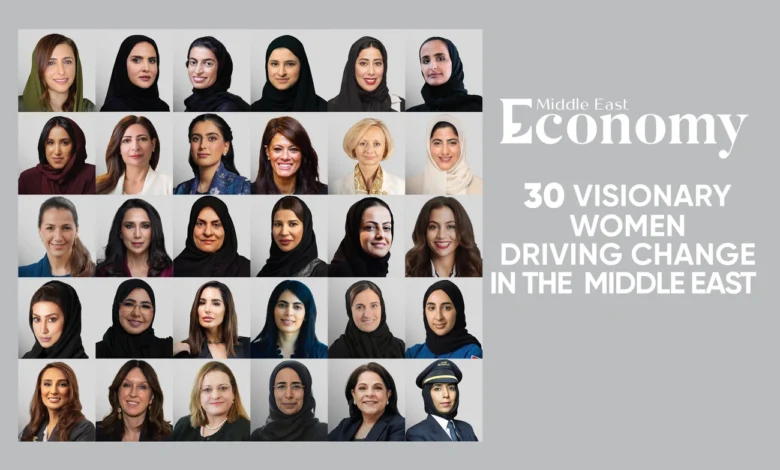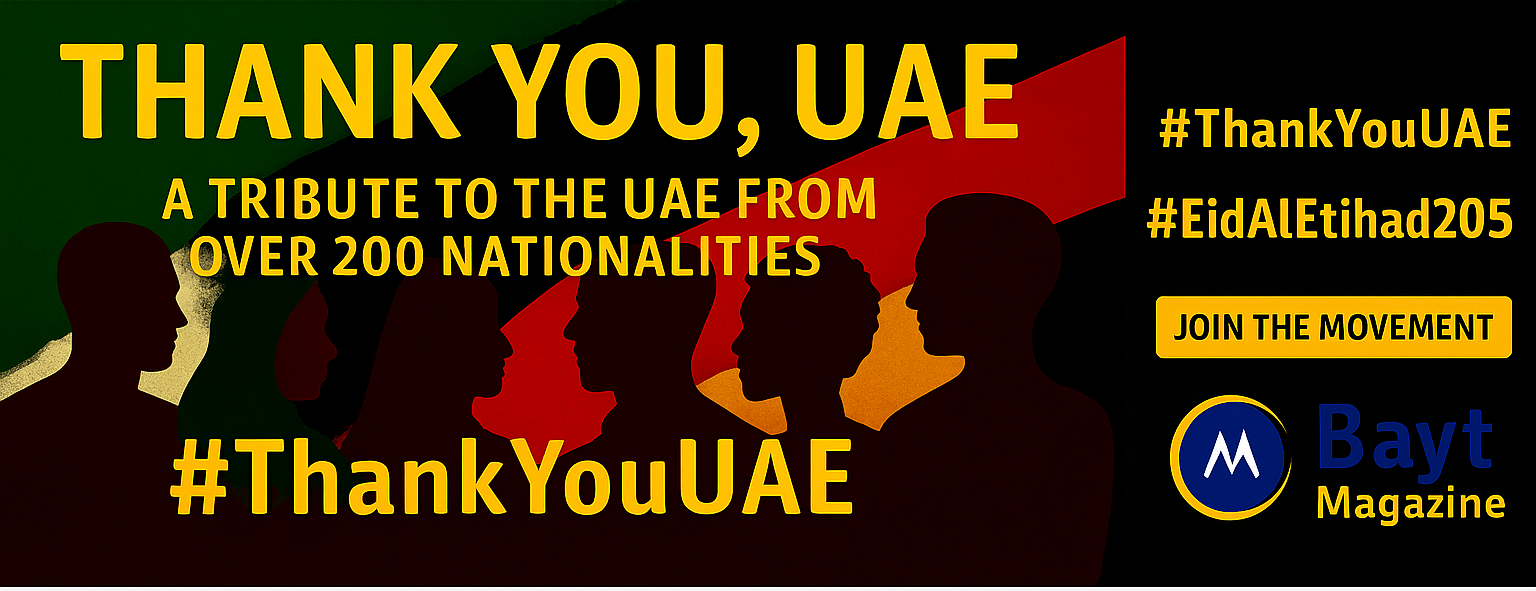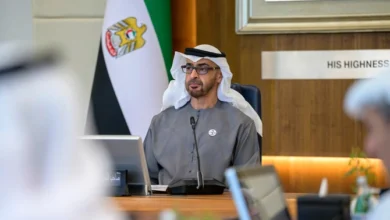
KPMG: 78% Middle East Women Leaders Predict Business Growth
Women executives in the Middle East demonstrate remarkable optimism about their companies’ growth prospects. Recent surveys show 78% of these leaders feel confident about growth over the next three years. The region’s influential figures project strong earnings growth, with 64% expecting increases between 2.5% and 9.9% through 2025[-3]. This confidence stands out when compared to global statistics, where only 46% of women leaders feel optimistic about worldwide economic growth.
The region’s top 10 business leaders of 2024 face complex challenges with resilience and determination. Their positive outlook reflects the region’s economic strength. A striking 87% of surveyed women leaders believe strongly in their sectors’ growth potential. The Middle East Business Leaders Awards recognize these achievements regularly. Women executives lead with people-first strategies, and 60% of organizations now invest more resources in human capital than technology. The Middle East Leaders Business Magazine notes that these professionals want better understanding of emerging priorities. They focus particularly on artificial intelligence and environmental, social, and governance (ESG) frameworks as they prepare to become the region’s most influential business leaders of 2025.
Women Leaders Predict Growth Despite Global Uncertainty
Image Source: ZAWYA
“Female business leaders across the Middle East are boldly signaling that the future is theirs to shape.” — Khaleej Times Editorial, Business News Editorial Team
Female executives in the Middle East are moving forward with confidence despite global economic uncertainty. KPMG’s ‘Middle East Female Leaders Outlook 2025: A Call for Clarity’ shows how these leaders turn challenges into opportunities for growth.
78% express confidence in business outlook
A striking 78% of women business leaders feel confident about their companies’ growth prospects for the next three years. Their optimism shows in financial projections, as 64% expect their companies to increase earnings between 2.5% and 9.9% through 2025.
The confidence reaches beyond individual companies. About 87% of respondents believe their sectors will grow in the next three years. This positive outlook exists even as the International Monetary Fund warns about a global economic reset due to trade tensions and geopolitical unrest.
Regional optimism contrasts with global caution
Middle Eastern confidence differs from views about the broader global economy. The survey found that 46% of Middle East women leaders felt confident about global economic growth over the next three years. On top of that, 49% of respondents felt more pressure than before.
The survey also reveals that 60% of women-led organizations put more money into people than technology. This shows they prioritize human capital development during uncertain times. These leaders also want clearer corporate planning, with half of them asking for better strategies on artificial intelligence and environmental, social and governance issues.
Quote from Kholoud Moussa on resilience and clarity
Kholoud Moussa, Partner and Head of Our Impact Plan at KPMG Middle East, highlighted this dual focus: “Women leaders in the Middle East are demonstrating that resilience and clarity move together. Their confidence in growth is clear, matched by a call for stronger alignment between vision and execution within organizations”[61].
She emphasized how clear priorities matter: “Our findings show that meaningful progress will rely on how clearly companies set their priorities, from AI and ESG to how they invest in people and culture”.
Governments Accelerate Gender Inclusion Across the Middle East
Image Source: Economy Middle East
Middle Eastern governments are putting ambitious policies into action to promote gender equality. These changes create new opportunities for women to advance professionally and take leadership roles.
UAE’s Gender Balance Council drives STEM participation
The UAE’s Gender Balance Council, now 9 years old, was the first federal entity in the GCC dedicated to reducing gender gaps. The Council aims to boost UAE’s global gender equality rankings and promote balanced representation in decision-making roles. Their work has shown remarkable results in science and technology. Women now make up 56% of STEM graduates and 44.5% of engineering undergraduates—some of the highest numbers worldwide.
UAE women have carved out impressive positions across technical fields. They represent 45% of the national space sector and about 20% of the nuclear sector. At Strata, a UAE-based aircraft manufacturer, Emirati women make up 86% of its national workforce. Women now hold two-thirds of public sector jobs, with 30% serving in leadership positions.
Saudi Arabia surpasses Vision 2030 female workforce targets
Saudi Arabia has far exceeded its Vision 2030 goals for women in the workforce. The Kingdom aimed for 30% participation by 2030 but has already reached 35%, up from 17% when the vision first launched. These strong results led officials to raise their target to about 40% by 2030.
Women’s leadership has thrived beyond employment numbers. The number of women in upper and middle management has doubled since 2017, reaching 43.8% in early 2024. Women now own or lead 45% of Saudi Arabia’s SMEs, showing their growing impact as entrepreneurs.
Oman expands women’s roles in diplomacy and global forums
Oman’s support for women’s advancement dates back to Sultan Qaboos’s time. The country became the first Gulf Arab nation to give women voting rights in 1994. Oman’s Basic Law, established in 1996, bans gender discrimination.
Over the last several years, more Omani women have stepped into diplomatic roles. They contribute valuable expertise to international dialog. Women serve as ministers, participate in elections, and comprise 42% of the public sector workforce. The entrepreneurial sector shows particular promise – more women than men now run their own businesses.
Executives Demand Clarity on AI, ESG, and Workforce Strategy
Image Source: Diligent
Middle East business leaders show optimism about growth but face major challenges when putting their strategic priorities into action. They struggle to adopt technology, integrate sustainability, and develop their workforce. These leaders need practical roadmaps to execute their plans.
44% prioritize AI but remain uncertain on implementation
AI projects in the Middle East cost 500-1,000% more than their original estimates. This leads to over half of regional AI initiatives getting canceled due to budget issues. Notwithstanding that, 93% of GCC CEOs believe AI will blend into tech platforms—nowhere near the global average of 78%. Only 15% of organizations know how to identify and measure costs, risks, and value linked to their AI projects. Companies rush to adopt AI without clear goals, which experts call “AI for AI’s sake”.
ESG integration remains inconsistent across firms
MENA’s ESG regulatory landscape lacks unity, as each country creates its own frameworks. Only 18% of regional organizations have teams and systems that cover all ESG functions. Poor data quality creates problems, with 31% of organizations pointing to lack of data and measurement as roadblocks to their ESG strategy. Large companies (86%) want more ESG regulation, but many treat reporting as a mere checklist.
Call for measurable frameworks and strategic alignment
The Middle East’s 10 most influential business leaders 2024 know that static frameworks don’t work for regional dynamics. These challenges need reliable monitoring frameworks to track progress, spot emerging risks, and create opportunities to improve. Companies must invest in data management technologies and develop talented professionals in these emerging domains to win recognition at middle east business leaders awards.
Women Redefine Leadership Amid Bias and Digital Threats
Image Source: Women Board of Directors
“Despite 65 per cent of respondents reporting experiences of gender bias in the past three years, the report notes that many women continue to redefine leadership through empathy, resilience, and collaboration.” — Arabian Business Editorial, Culture & Society News Team
Career advancement remains challenging for middle east business leaders due to ongoing barriers. KPMG’s latest research shows concerning trends beneath the region’s progress toward gender equality.
65% report gender bias; 49% face online abuse
Gender bias continues to affect women leaders in the Middle East, with 65% experiencing stereotyping in the last three years. The situation becomes more worrying as 26% have encountered violence on digital platforms—this rate more than doubles the global average of 13%. The data shows 54% of those who faced online abuse received harassment or unwanted messages from fake profiles. Another 39% became targets of cyberbullying and defamation. The problem grows worse as half (49%) of Middle Eastern respondents say online abuse has increased in the last three years.
Mentorship and leadership programs preferred over quotas
The region’s women leaders show mixed views on mandated quotas. The numbers reveal 36% support these policies, 33% stand against them, and 31% stay neutral. Personal networks and women’s leadership programs emerge as better solutions, with 40% of Middle Eastern women rating these essential—almost twice the global average of 22%. This preference for mentorship over forced representation holds special significance for recipients of middle east business leaders awards.
74% believe gender equity in C-suite boosts performance
The middle east leaders business magazine reports that most regional women executives (74%) see gender equity in the C-suite as key to meeting organizational growth targets. Research supports this view, showing companies with gender-diverse executive teams perform better financially than their peers.
Middle Eastern women executives show remarkable confidence that proves their resilience in turbulent global economics. These leaders firmly believe in their region’s business growth potential, even with ongoing challenges. Their positive outlook definitely surpasses individual companies and reaches entire industries, but they know they need strategic clarity.
The region’s governments have made big steps to create supportive environments for women professionals. The UAE’s Gender Balance Council, Saudi Arabia’s exceeding of Vision 2030 targets, and Oman’s diplomatic inclusion of women show real progress. In spite of that, problems are systemic as shown by gender bias and digital harassment.
Women leaders in the Middle East continue to reshape leadership through collaboration and resilience. They typically choose mentorship programs over quotas and push for more executive-level representation. Strong links between gender-diverse leadership and business performance make the case stronger for continued progress.
The mix of optimism and ongoing challenges shapes today’s environment for Middle Eastern women leaders. They look ahead confidently at growth prospects but want clearer plans for AI implementation and ESG integration. Their achievements show what people can do when talent meets chance, whatever their gender.
The path to full gender equality in Middle Eastern business leadership moves forward. Progress varies across regions, but inclusion keeps growing. These influential women are pioneers who create paths for future generations and boost regional economic resilience and innovation.




